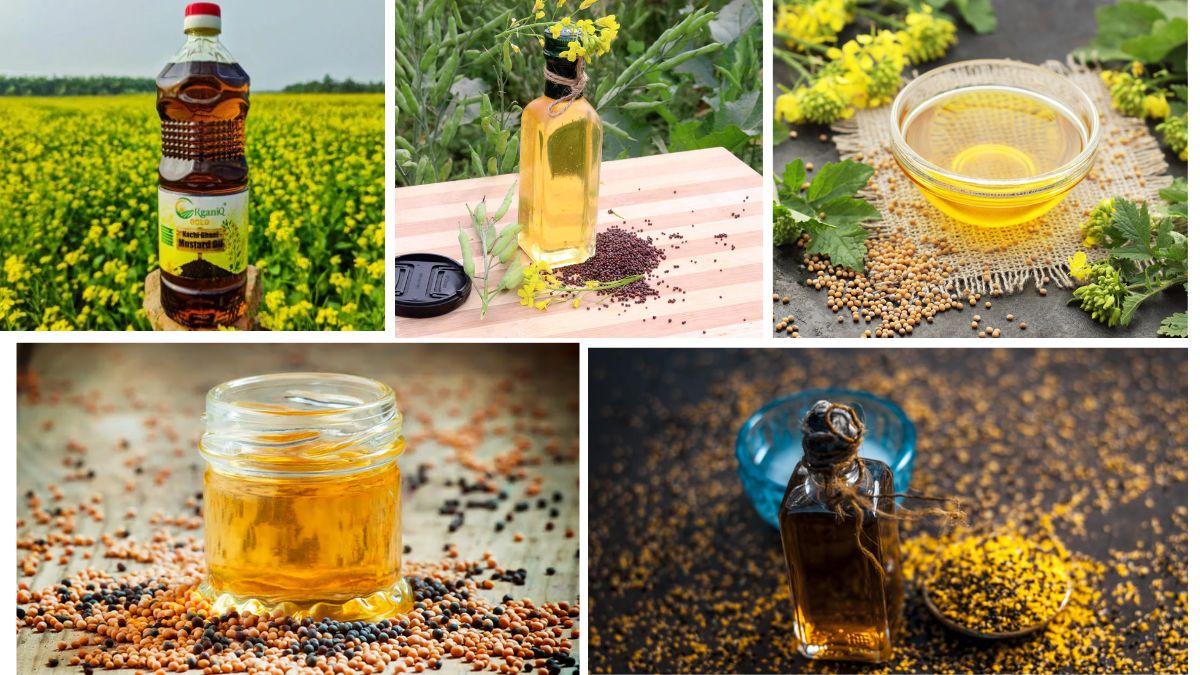Mustard oil, extracted from the seeds of the mustard plant (Brassica juncea, Brassica nigra, and Brassica hirta), has held an essential place in traditional diets and medicine for centuries. Revered for its sharp flavor, high smoking point, and therapeutic qualities, mustard oil is a staple in the cuisines of South Asia and parts of Eastern Europe. In today’s global edible oil market, the production of mustard oil plays a crucial role in the agricultural economy of several countries. But which nation tops the chart as the world’s largest mustard oil producer?
This article explores the global landscape of mustard oil production, focusing on the leading producer, the factors behind its dominance, and the broader implications for agriculture, trade, and food culture.
Understanding Mustard Oil

Mustard oil is obtained through two primary methods:
- Pressed Mustard Oil – extracted by cold pressing mustard seeds.
- Essential Mustard Oil – extracted through steam distillation, mainly for flavoring and therapeutic purposes.
The oil is prized for its antimicrobial, anti-inflammatory, and cardiovascular benefits, making it a popular choice in natural medicine. Its pungency and distinct aroma make it integral in various culinary traditions.
Global Mustard Oil Market Overview
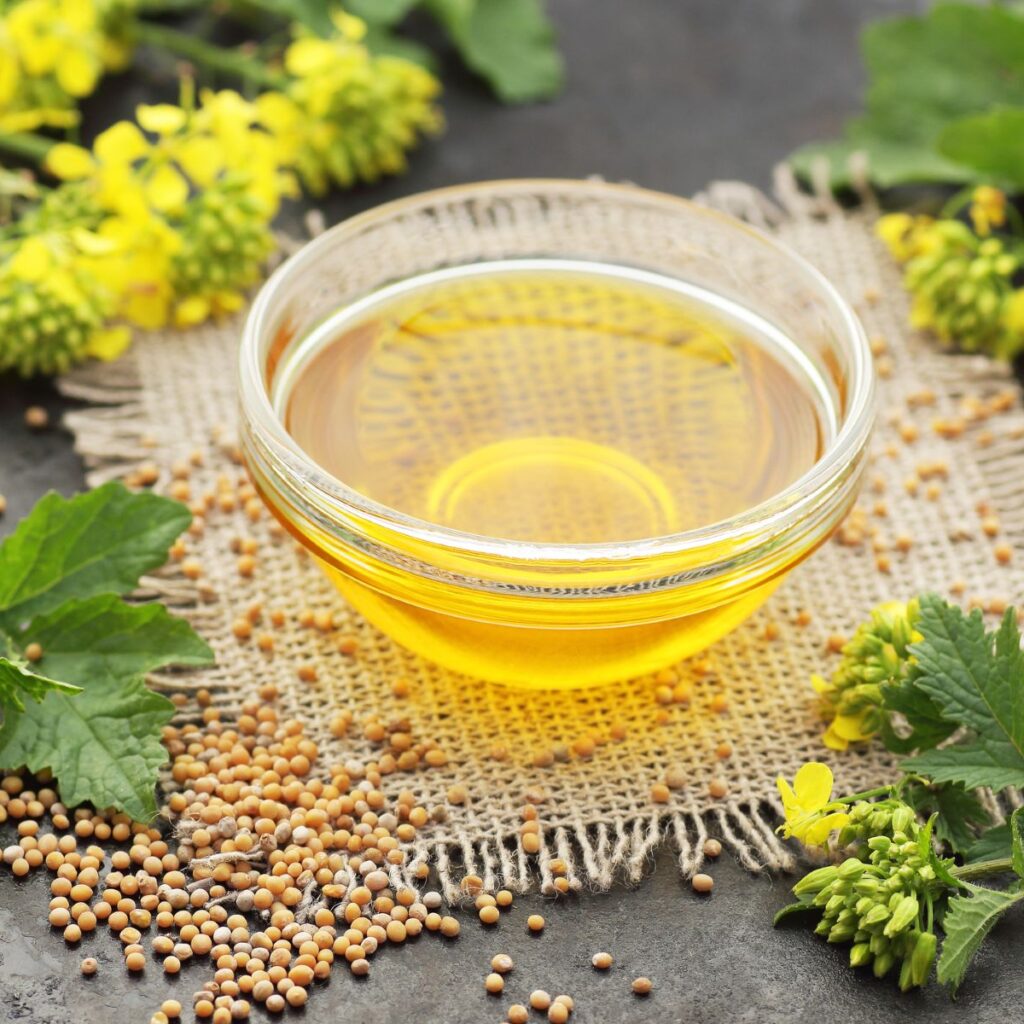
Mustard oil’s popularity is mostly concentrated in:
- India
- Bangladesh
- Nepal
- Pakistan
- Myanmar
- Eastern European countries like Ukraine and Poland
While some Western nations use mustard seeds for condiments like Dijon or yellow mustard, the oil itself is not widely used due to food safety regulations related to its erucic acid content. However, growing awareness of its health benefits has led to increasing demand in niche global markets.
The Largest Mustard Oil Producer: India
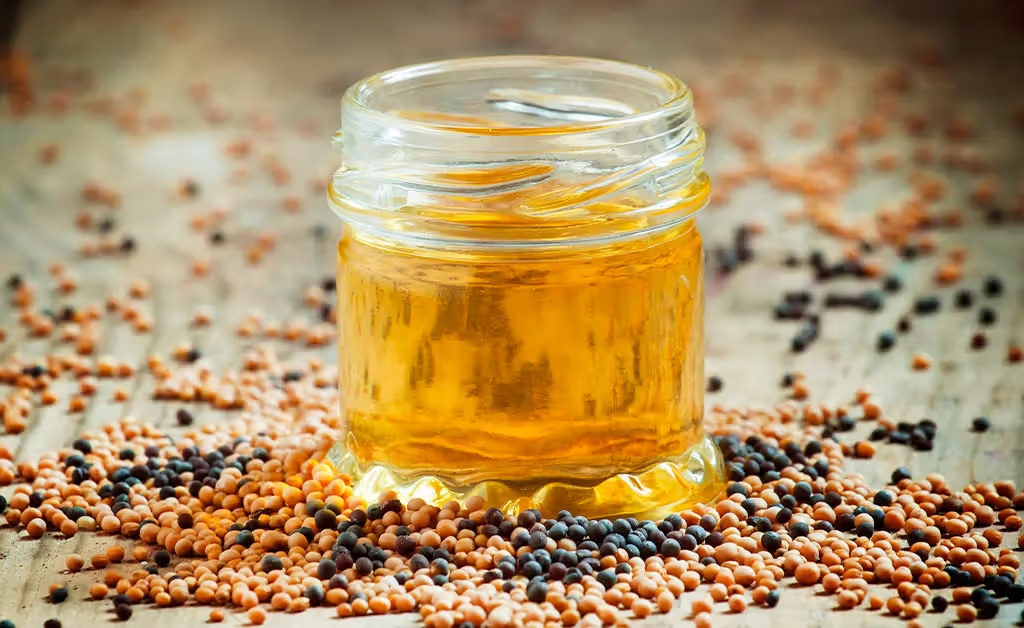
India stands out as the largest mustard oil producer in the world, and this leadership is rooted in several key factors:
1. Massive Mustard Seed Cultivation
India is the largest grower of mustard seeds, cultivating over 7-8 million tonnes annually, mostly in states like Rajasthan, Uttar Pradesh, Madhya Pradesh, Haryana, Gujarat, and West Bengal. These regions offer ideal agro-climatic conditions for mustard farming, including cool temperatures and dry soil.
2. Widespread Consumption
Mustard oil is deeply embedded in Indian cooking, especially in Eastern and Northern India. From frying fish in Bengal to preparing pickles in Punjab, mustard oil is considered a cultural and culinary necessity. Its robust flavor, high smoke point, and shelf stability make it ideal for diverse dishes.
3. Large-Scale Processing Infrastructure
India boasts a well-established network of mustard oil mills and cold-pressing units across rural and urban zones. Both small-scale (ghani-based) and large industrial operations contribute to domestic and export production.
4. Government Support
The Indian government has recognized mustard as a key oilseed crop under its National Mission on Oilseeds and Oil Palm (NMOOP) and Rashtriya Krishi Vikas Yojana (RKVY), offering subsidies, minimum support prices (MSP), and promoting hybrid seeds.
5. Export Potential
While India primarily consumes most of its mustard oil domestically, exports to countries like the USA, Canada, the UK, and the Middle East are growing, especially among diaspora communities and health-conscious consumers.
Other Key Mustard Oil Producers
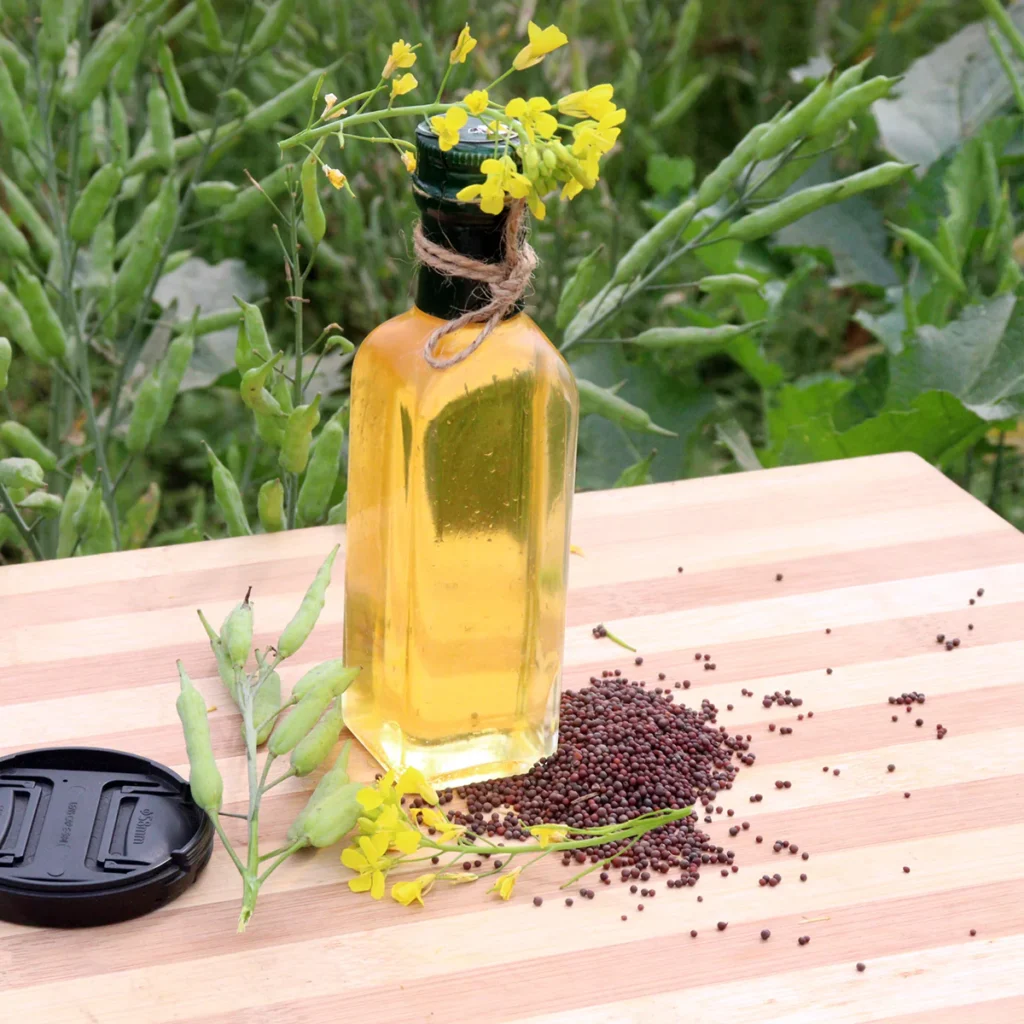
Though India leads by a large margin, several other countries contribute significantly to the global production of mustard oil:
1. Bangladesh
- A major consumer and producer of mustard oil.
- Cultivates mustard across several regions, though output is smaller compared to India.
- Relies heavily on mustard oil in traditional Bengali cuisine.
2. Nepal
- Mustard oil is the main cooking medium in many Nepali households.
- Domestic production meets a significant portion of internal demand, with surplus oil imported from India.
3. Pakistan
- Mustard cultivation and oil production are prominent in the Punjab region.
- While sunflower and palm oils dominate the edible oil market, mustard oil still holds cultural and culinary relevance.
4. Myanmar
- Traditionally uses mustard oil in cooking.
- Domestic production meets local needs, but lacks export scale.
5. Ukraine
- Among the top producers of mustard seeds globally.
- While mustard oil production is not on India’s scale, Ukraine plays a role in the export of mustard-based products, including oil, to Europe and North America.
Mustard Oil Production Statistics
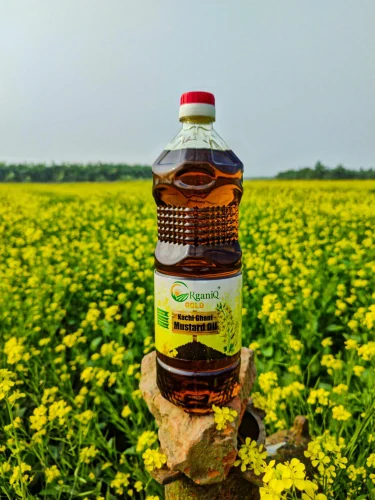
Here are estimated annual production volumes (as of 2023–2024):
| Country | Mustard Oil Production (Approx. Metric Tons) |
|---|---|
| India | 1.5 to 2 million MT |
| Bangladesh | 100,000 – 150,000 MT |
| Nepal | 60,000 – 80,000 MT |
| Pakistan | 50,000 – 70,000 MT |
| Myanmar | 40,000 – 60,000 MT |
| Ukraine | 30,000 – 50,000 MT |
Note: These figures are subject to change due to crop yields, climate conditions, and technological advancements.
Factors Driving India’s Dominance
- Agro-Ecological Diversity – India’s varying climates allow mustard to be grown across wide latitudinal ranges.
- Cultural Preference – Deep-rooted culinary traditions make mustard oil irreplaceable in many Indian households.
- Economic Backing – Government policies, subsidies, and research investments keep mustard farming competitive.
- Innovation – Introduction of hybrid seeds, improved oil extraction technology, and efficient logistics enhance production.
Challenges and Concerns
Despite India’s top position, the mustard oil industry faces several hurdles:
- Erucic Acid Controversy: Mustard oil contains erucic acid, which has been flagged in Western countries for potential heart health risks. This has limited its global marketability, though more recent studies suggest it is safe in moderate quantities.
- Competition from Other Oils: Palm oil, soybean oil, and sunflower oil often replace mustard oil in processed foods and urban kitchens due to lower costs.
- Climate Vulnerability: As a winter crop, mustard is sensitive to untimely rains and extreme temperatures, which can affect yields.
The Future of Mustard Oil Production
India continues to invest in research to increase mustard seed yields, improve oil extraction efficiency, and develop low-erucic acid varieties that are acceptable to international markets. Consumer awareness about health benefits—such as omega-3 content and antioxidant properties—is also reviving interest in mustard oil, both domestically and abroad.
Innovative branding, export-friendly packaging, and targeting diaspora and organic food markets could help Indian mustard oil gain traction globally.
Conclusion
India is unequivocally the largest mustard oil producer in the world, fueled by vast mustard cultivation, ingrained cultural use, and a robust processing infrastructure. While other countries like Bangladesh, Nepal, and Pakistan contribute significantly to regional consumption and production, none match India’s scale.
The global mustard oil market may still be niche compared to mainstream edible oils, but with increasing interest in traditional and health-based cooking, mustard oil has the potential to expand its global footprint. Continued innovation, quality control, and awareness campaigns will determine how this golden oil fares in the future.
